For many homebuyers, especially first-timers, the biggest hurdle isn’t the monthly mortgage payment—it’s saving for that hefty down payment. That’s where the idea of a zero-down mortgage sounds like a dream come true. But before you jump in, it’s important to know what’s fact and what’s too good to be true.
What Is a Zero-Down Mortgage?
A zero-down mortgage is exactly what it sounds like: a loan that allows you to purchase a home without making a down payment. Instead of putting down 3–20% of the purchase price upfront, you finance the entire amount of the home.
For example, on a $250,000 home:
- With a traditional loan and a 5% down payment, you’d need $12,500 upfront.
- With a zero-down mortgage, you’d skip that step and keep that money in your pocket.
Who Offers Zero-Down Mortgages?
Zero-down options aren’t as widely available as they once were, but there are still programs designed for certain buyers:
- VA Loans: Available to eligible veterans, active-duty service members, and some surviving spouses. These loans often require no down payment and have competitive rates.
- USDA Loans: Designed for buyers in eligible rural and suburban areas. They also allow no down payment, but income and location restrictions apply.
Some lenders may also offer their own special zero-down programs, but they typically come with stricter requirements.
The Advantages
There’s a reason buyers get excited about zero-down mortgages—they come with some powerful benefits:
- Skip the wait and buy sooner: You don’t have to spend years saving for a down payment while home prices keep climbing.
- More cash for moving and life expenses: Instead of draining your savings, you keep money on hand for furniture, closing costs, or emergencies.
- Build equity faster than renting: Even with zero down, every mortgage payment you make builds equity—something renting can’t do.
- Government support for certain buyers: VA and USDA loans are designed to make homeownership more accessible, and they often come with lower interest rates or no private mortgage insurance (PMI).
- Flexibility for financially stable buyers: If you have great credit and steady income but haven’t saved much, zero-down gives you a chance to step into the market.
- Potential tax advantages: Homeownership comes with tax benefits that you can take advantage of sooner when you buy earlier.
- Hedge against rising prices: Entering the market now means you could benefit from appreciation instead of waiting and paying more later.
The Risks
While skipping a down payment sounds amazing, there are still trade-offs to consider:
- Higher monthly payments: Financing 100% of the home price means your loan balance (and payment) will be higher.
- More interest over time: Since you’re borrowing more, you’ll pay more in interest across the life of the loan.
- Less equity upfront: With no down payment, you start with zero equity. If home values dip, you could owe more than your home is worth.
Is a Zero-Down Mortgage Right for You?
Zero-down mortgages work best for:
- Veterans or active-duty military families using their VA benefits.
- Buyers in USDA-eligible areas with steady income.
- People with strong credit and stable finances who want to get into a home faster.
On the flip side, if you’re already stretching your budget just to cover monthly payments, you may want to consider putting at least a small amount down to give yourself a cushion.
The truth is, a zero-down mortgage isn’t a risky shortcut—it’s a powerful opportunity for the right buyer. It allows you to enter the market sooner, keep more cash on hand, and start building equity right away.
If you’re considering a zero-down option, take the time to review your financial situation, talk to a trusted lender, and weigh the long-term costs. Homeownership is more than getting the keys—it’s about making sure you can comfortably keep them.
